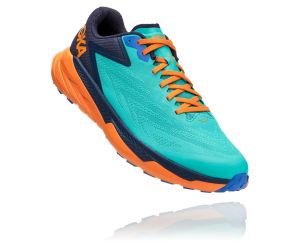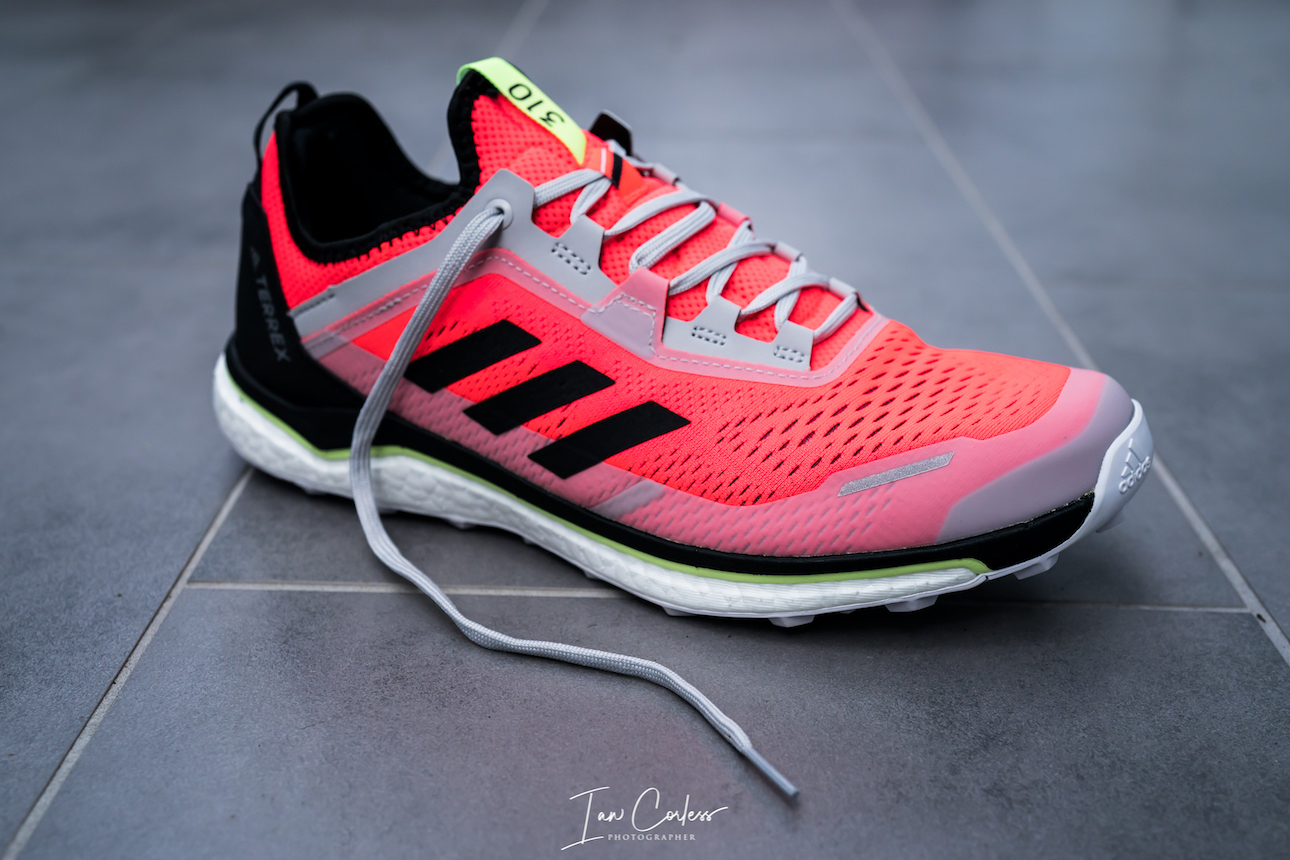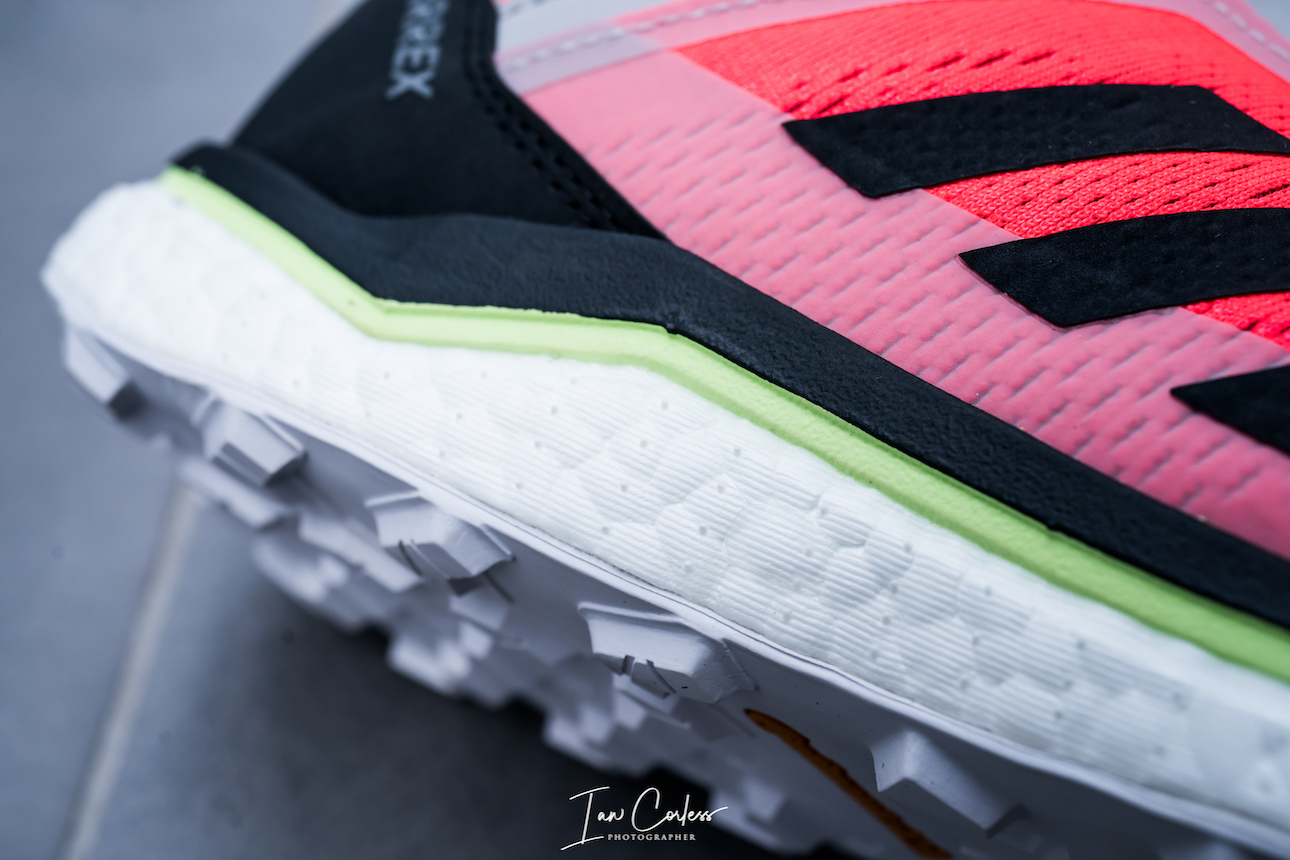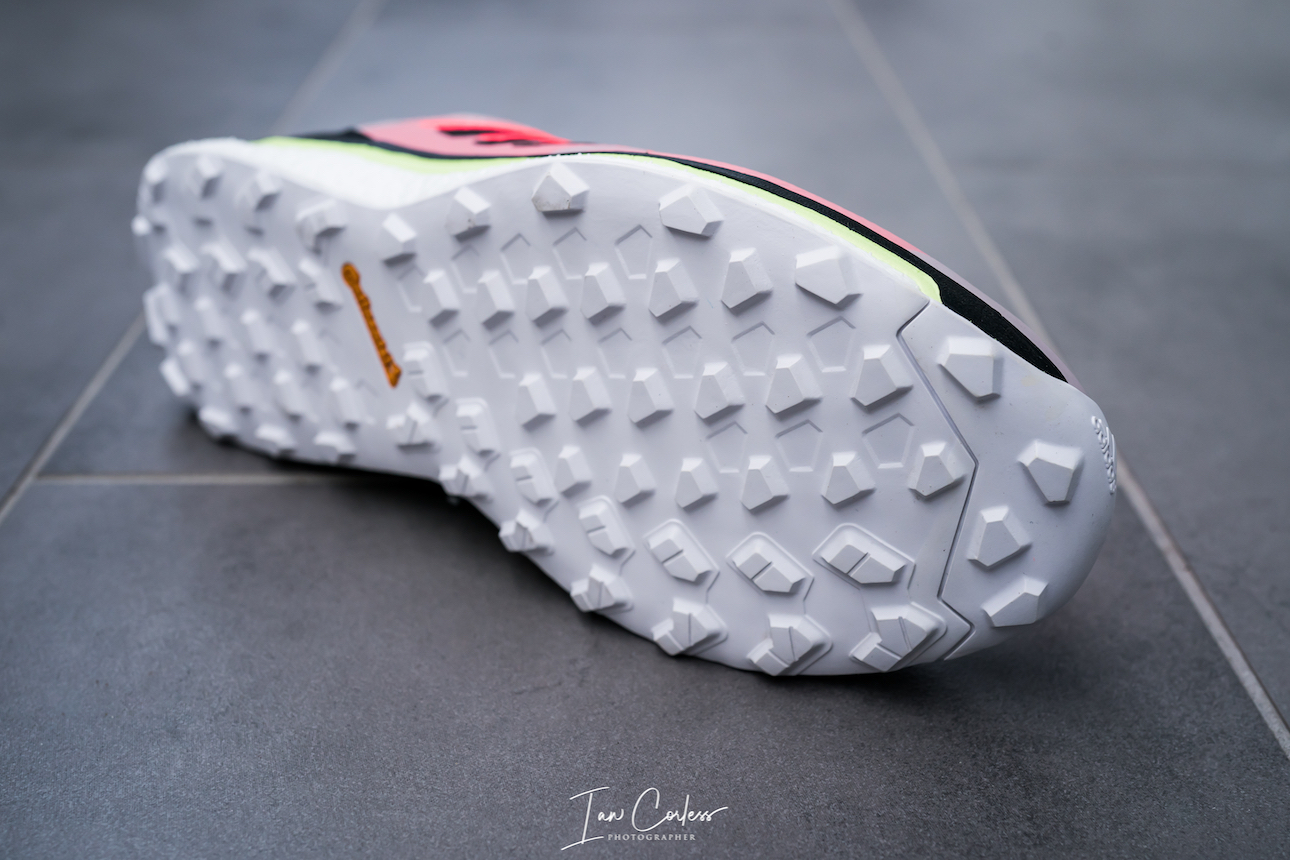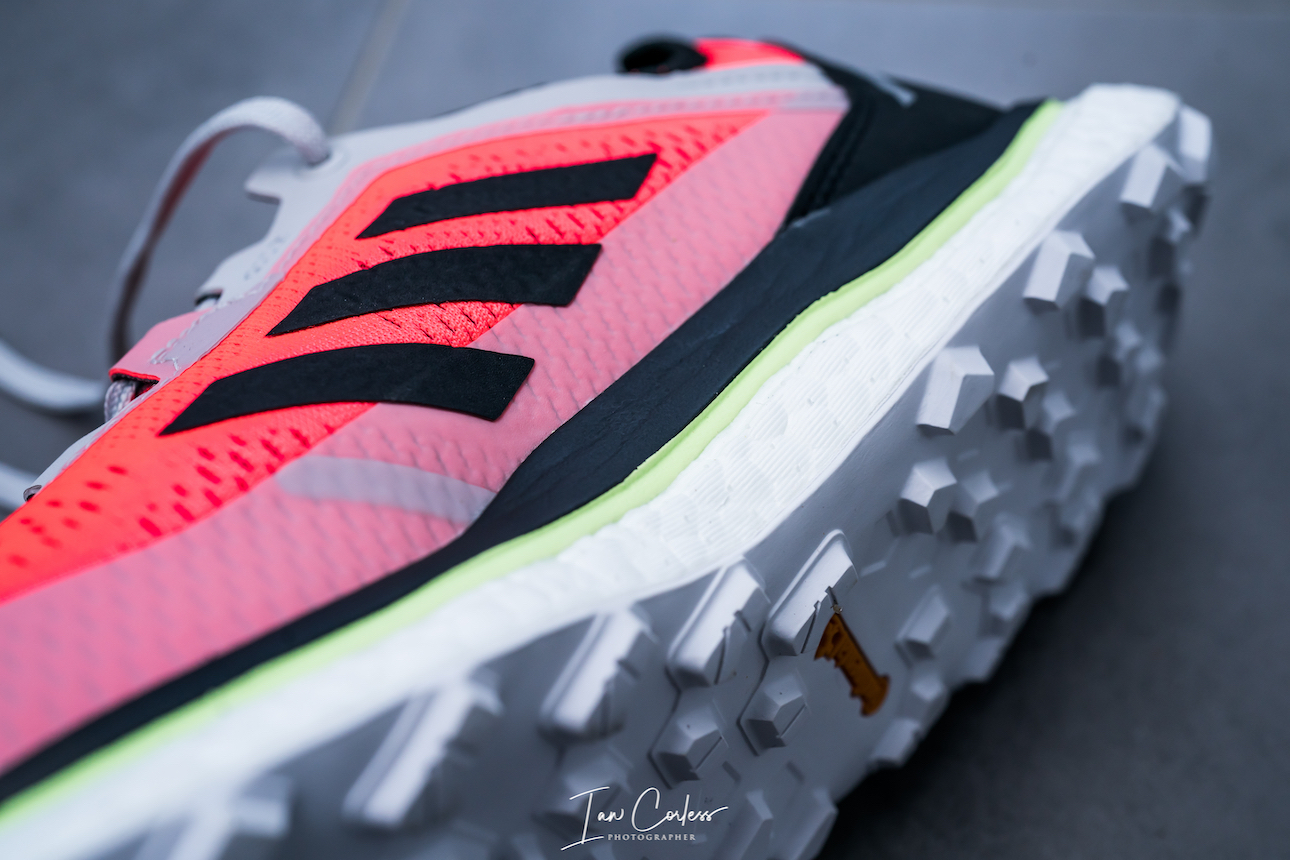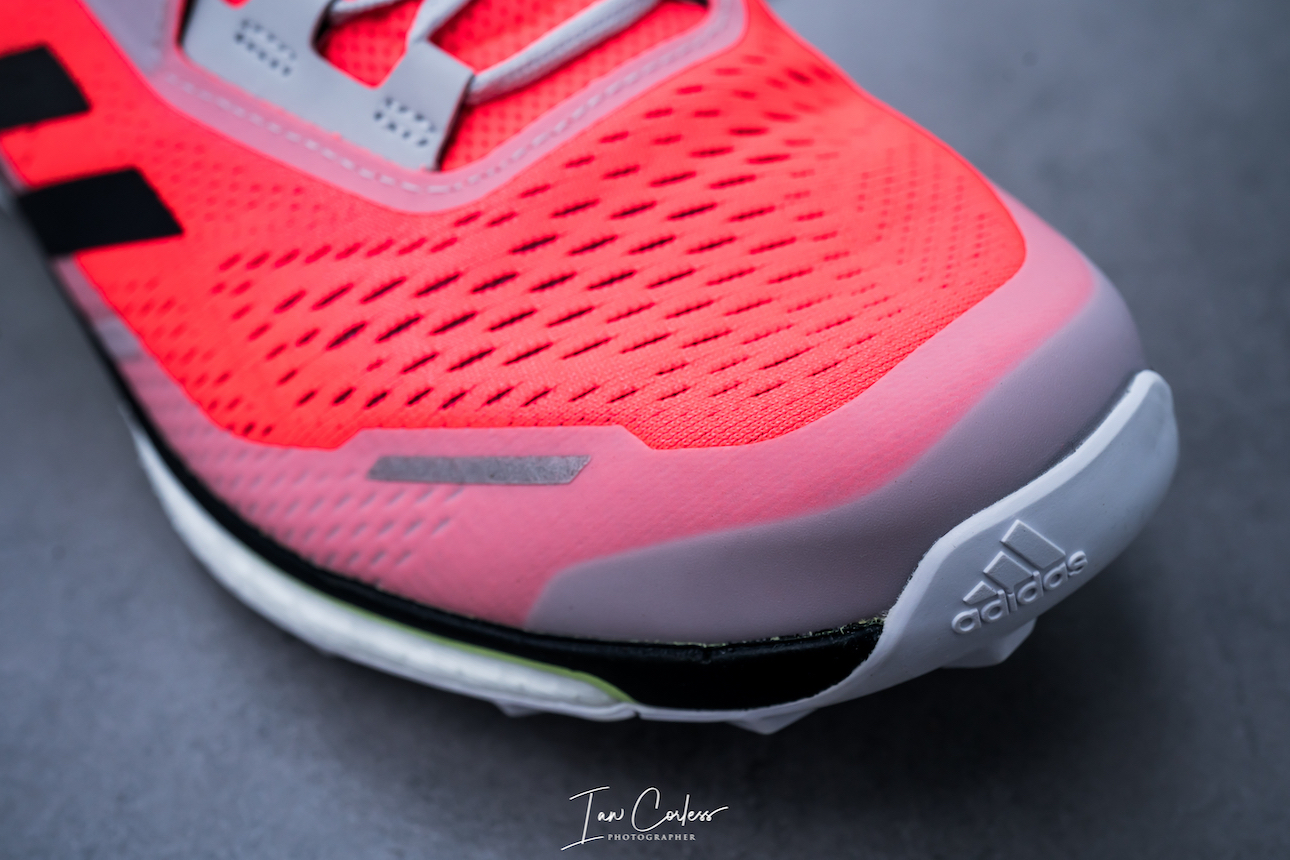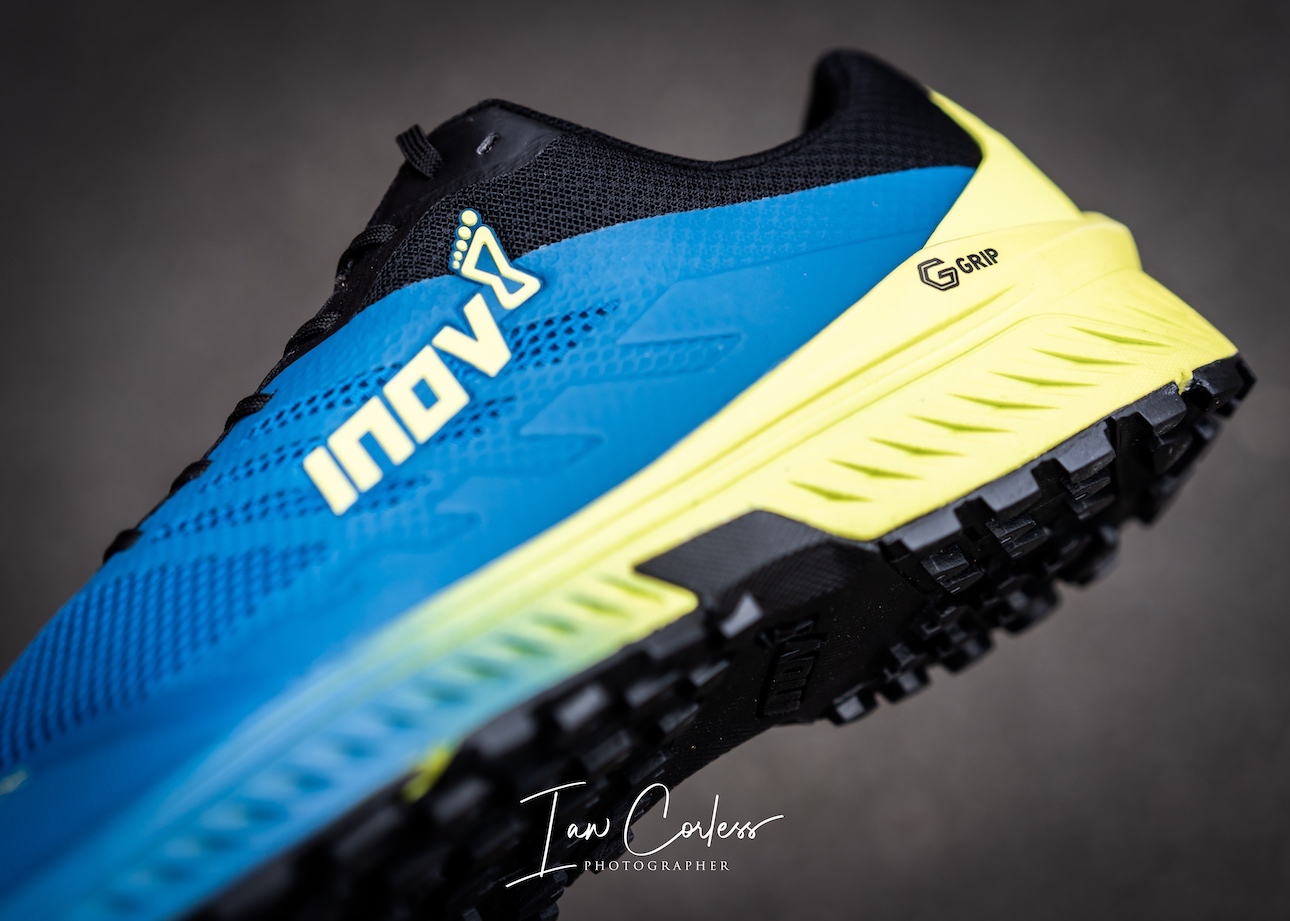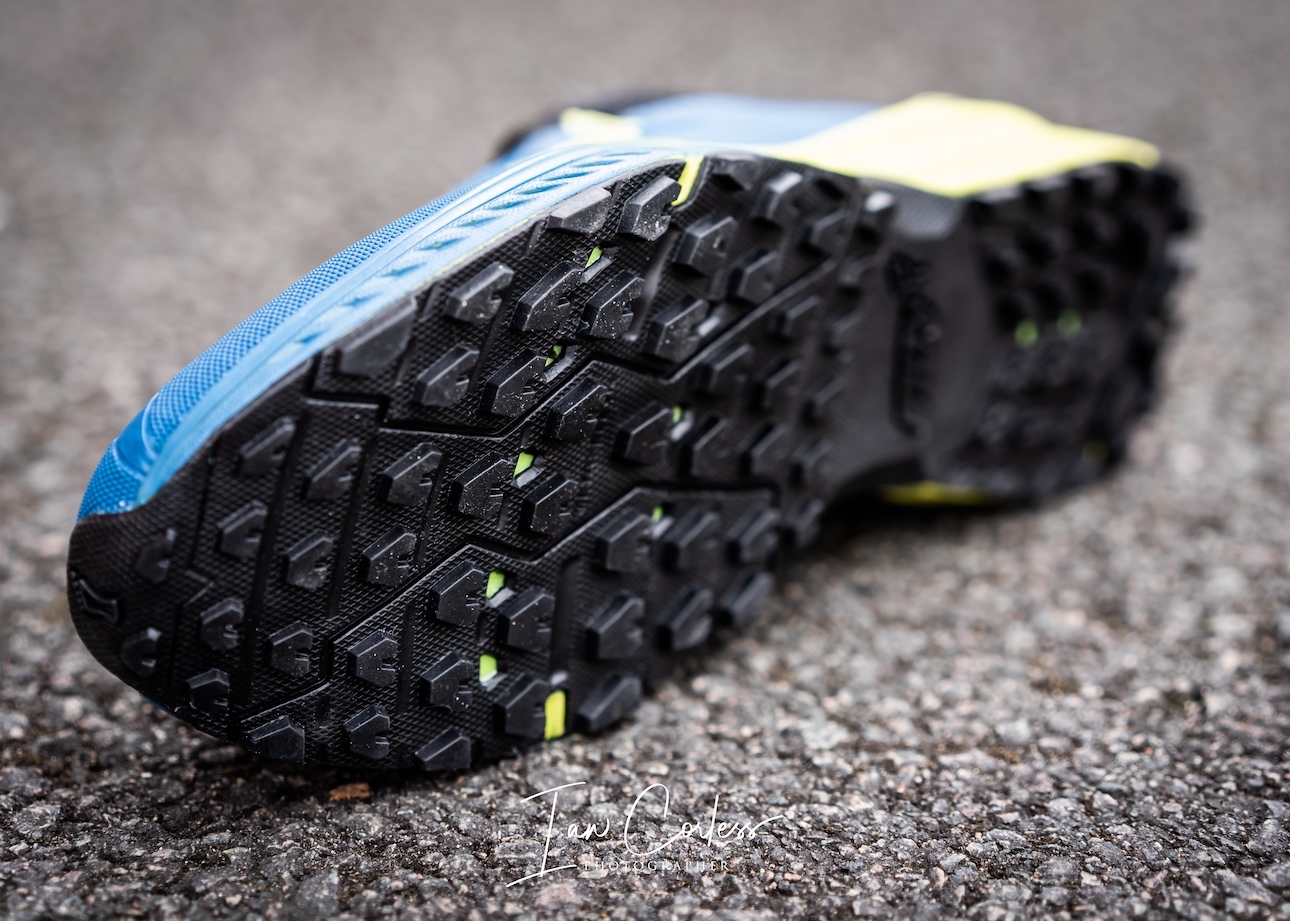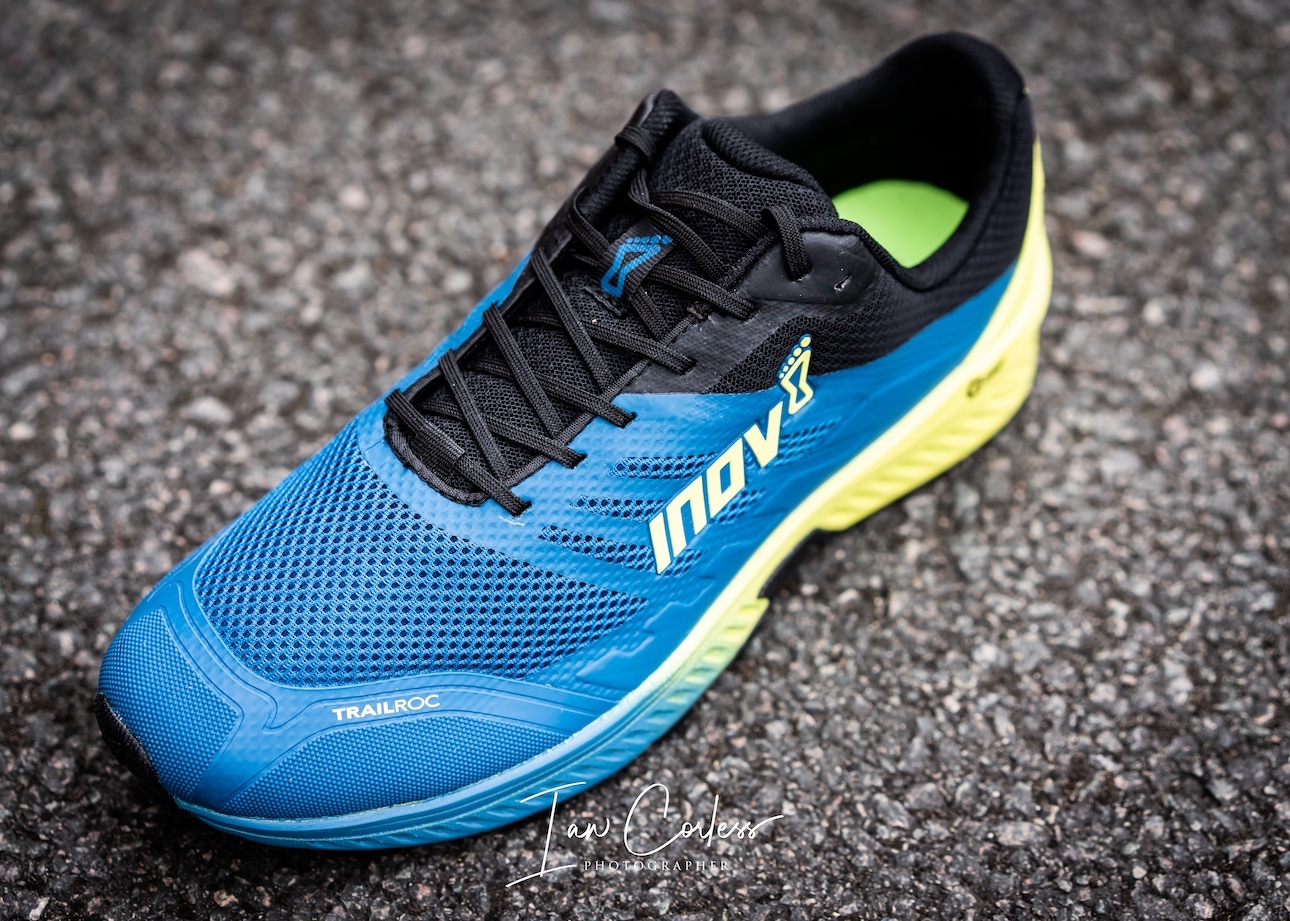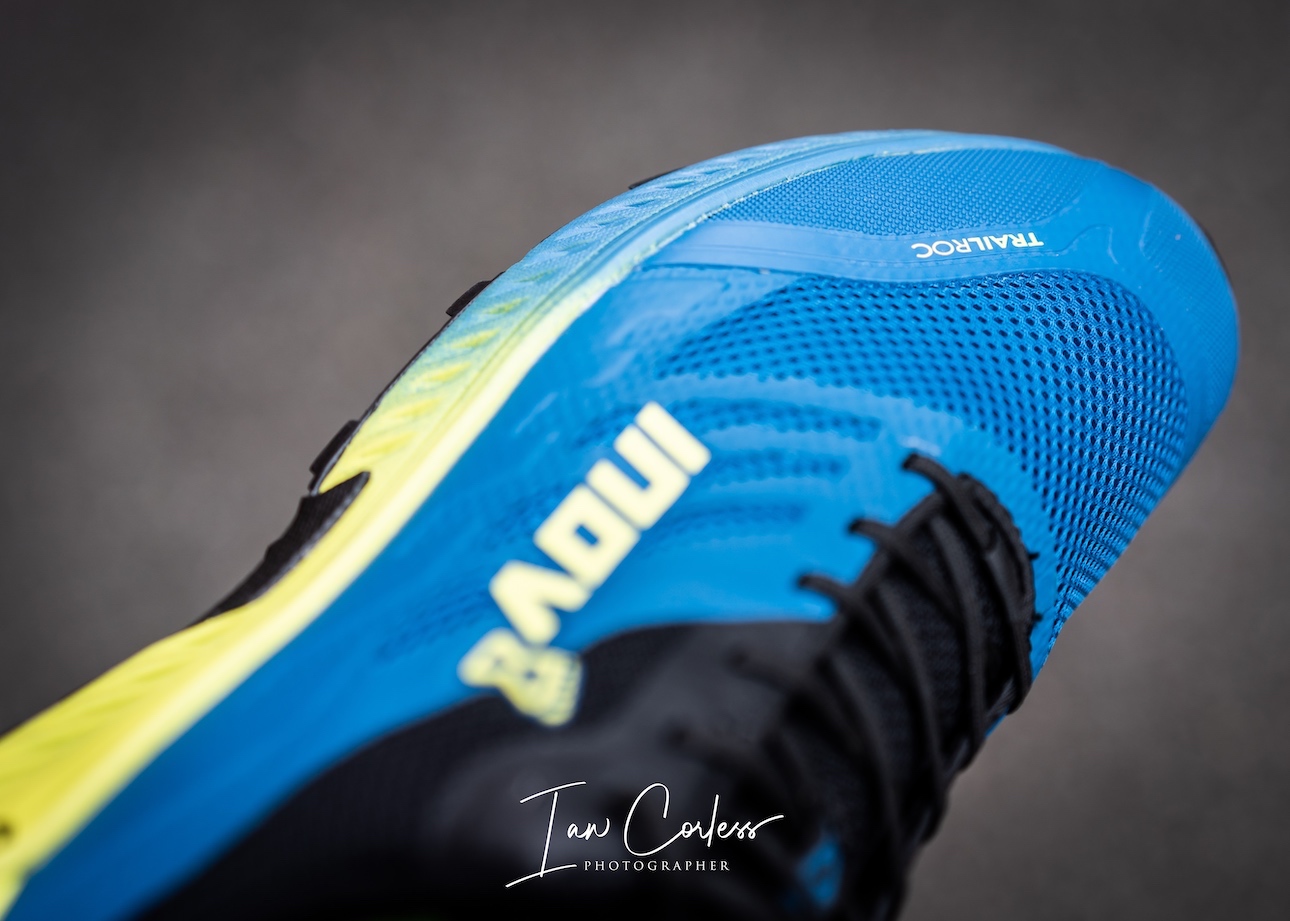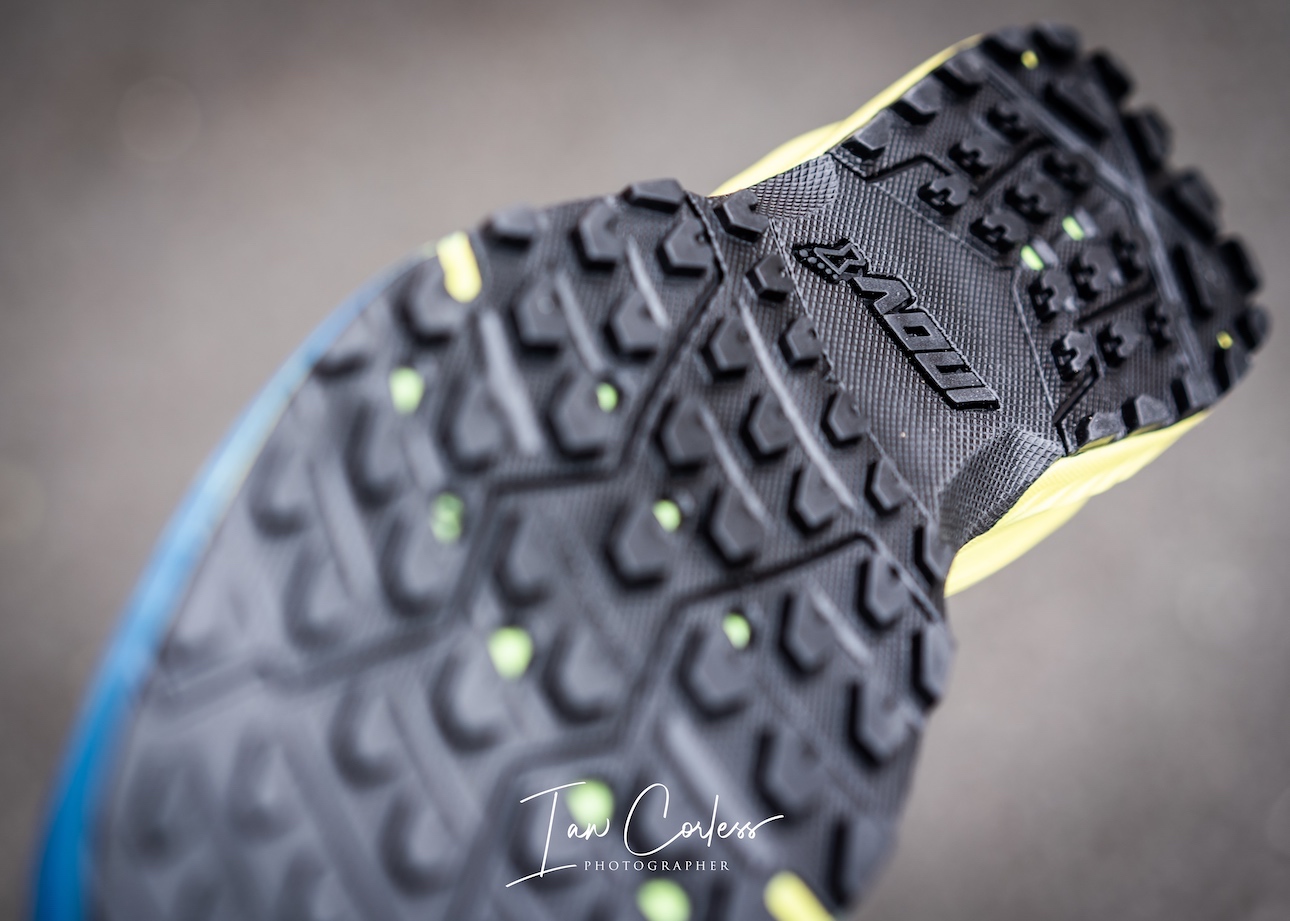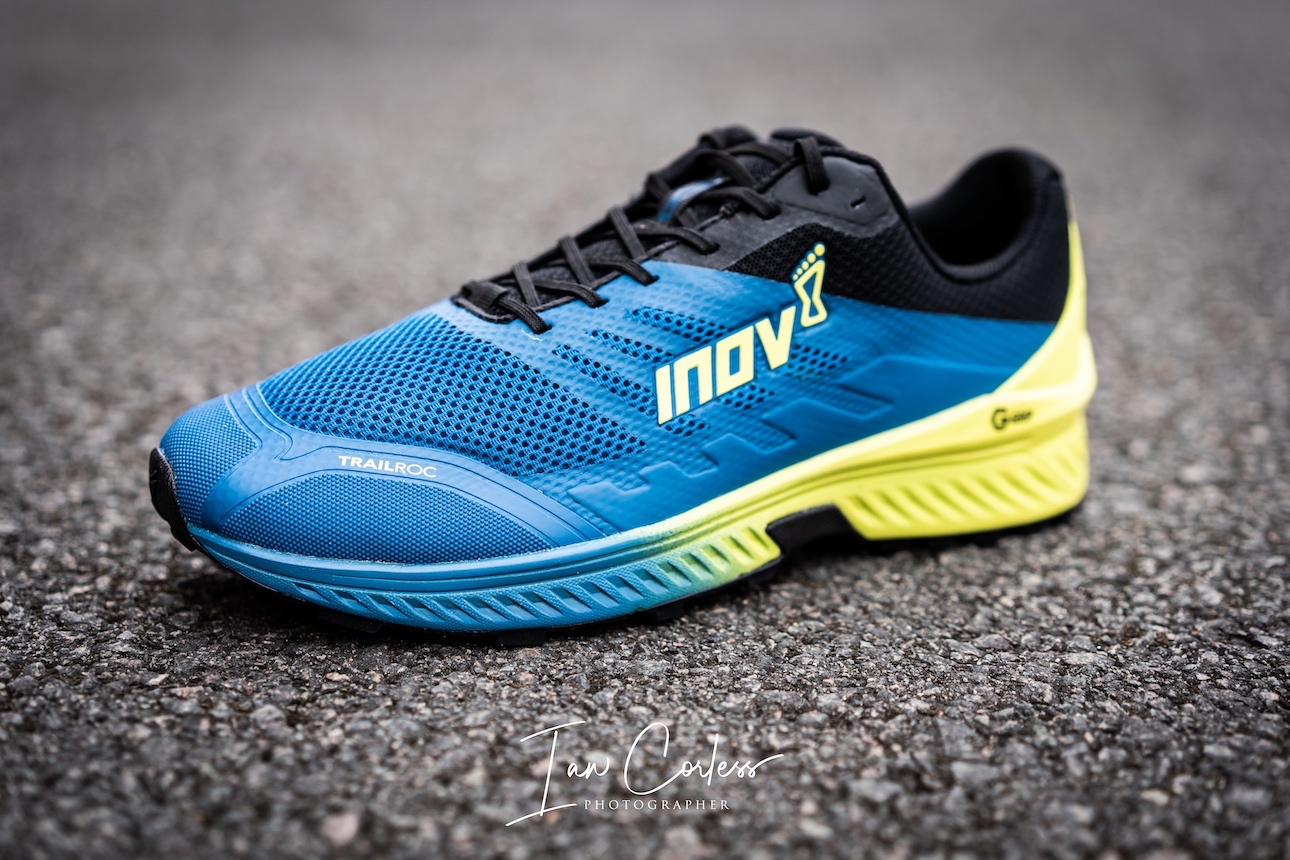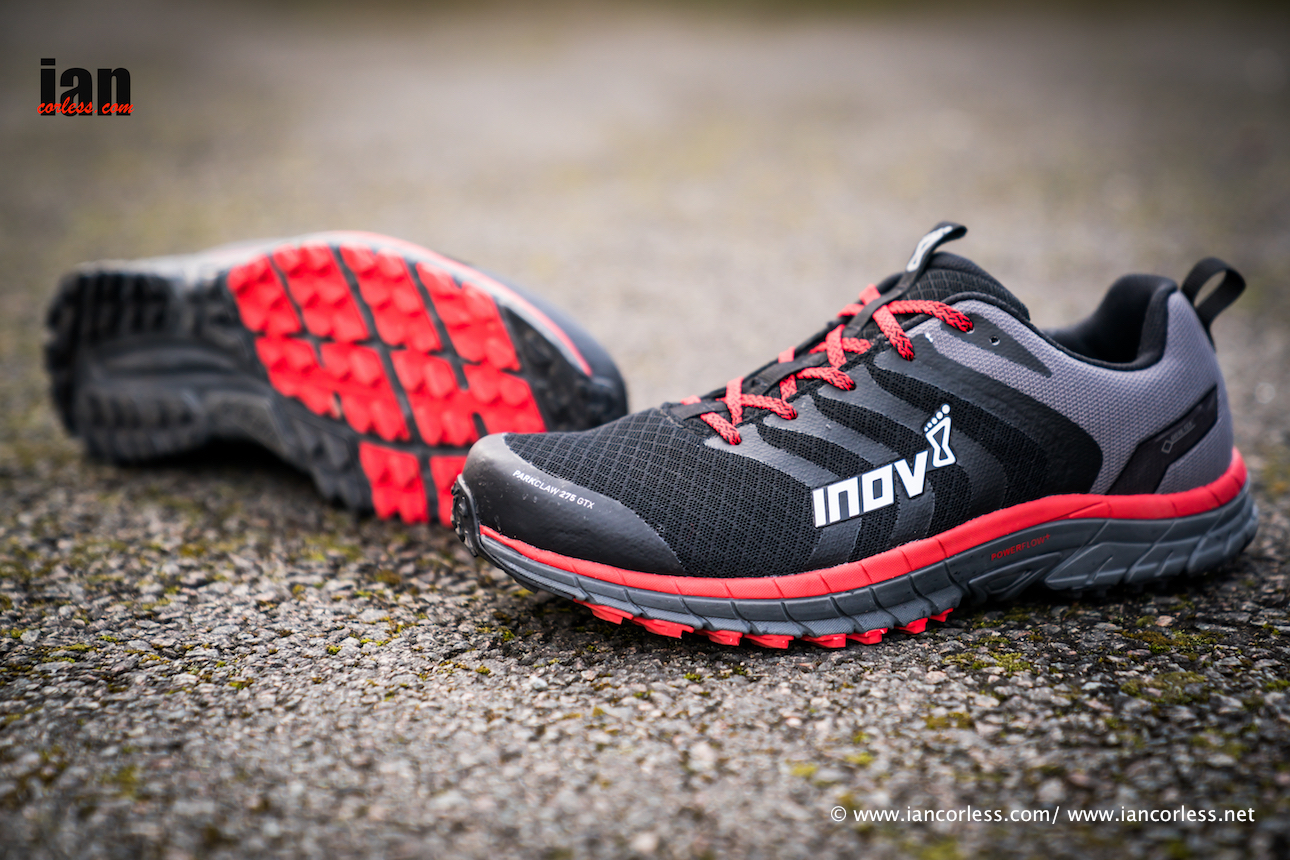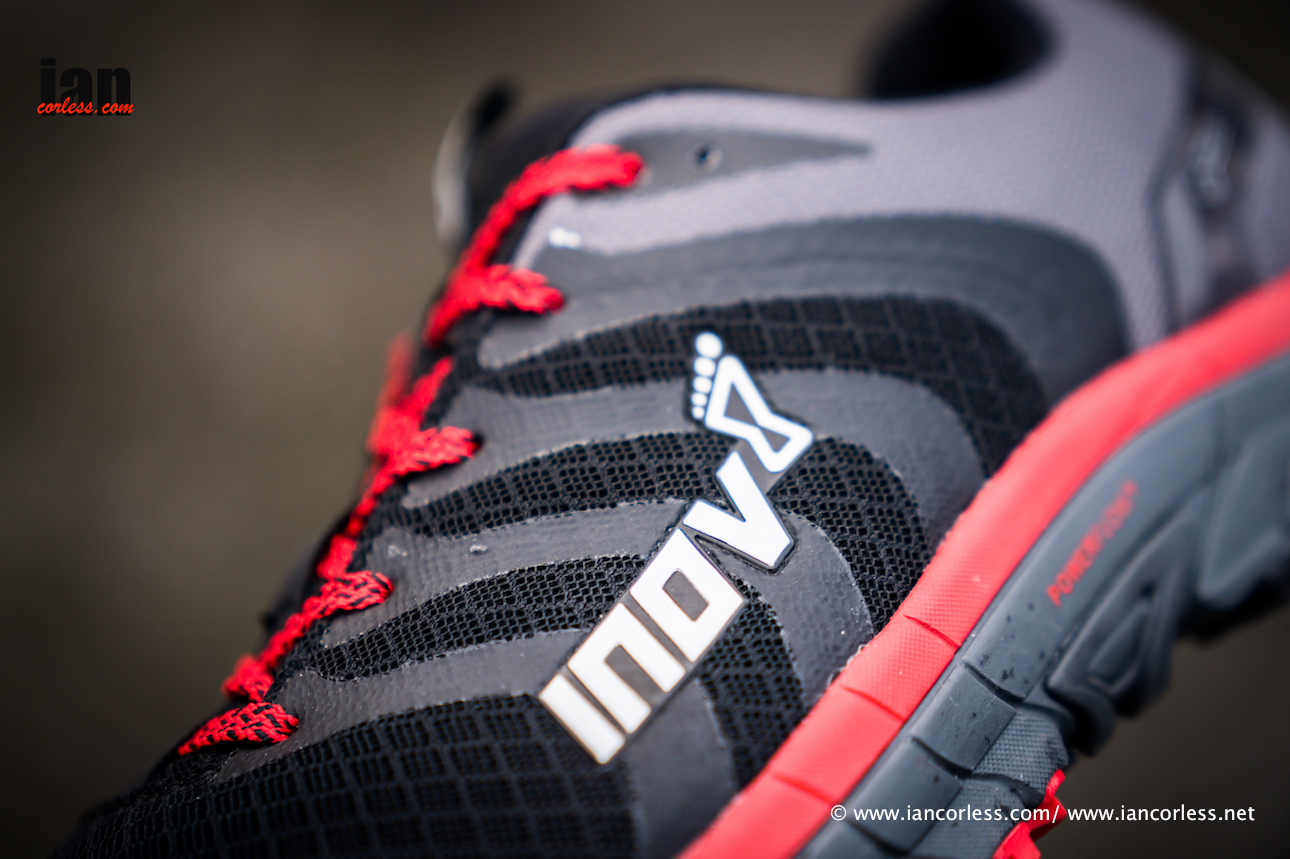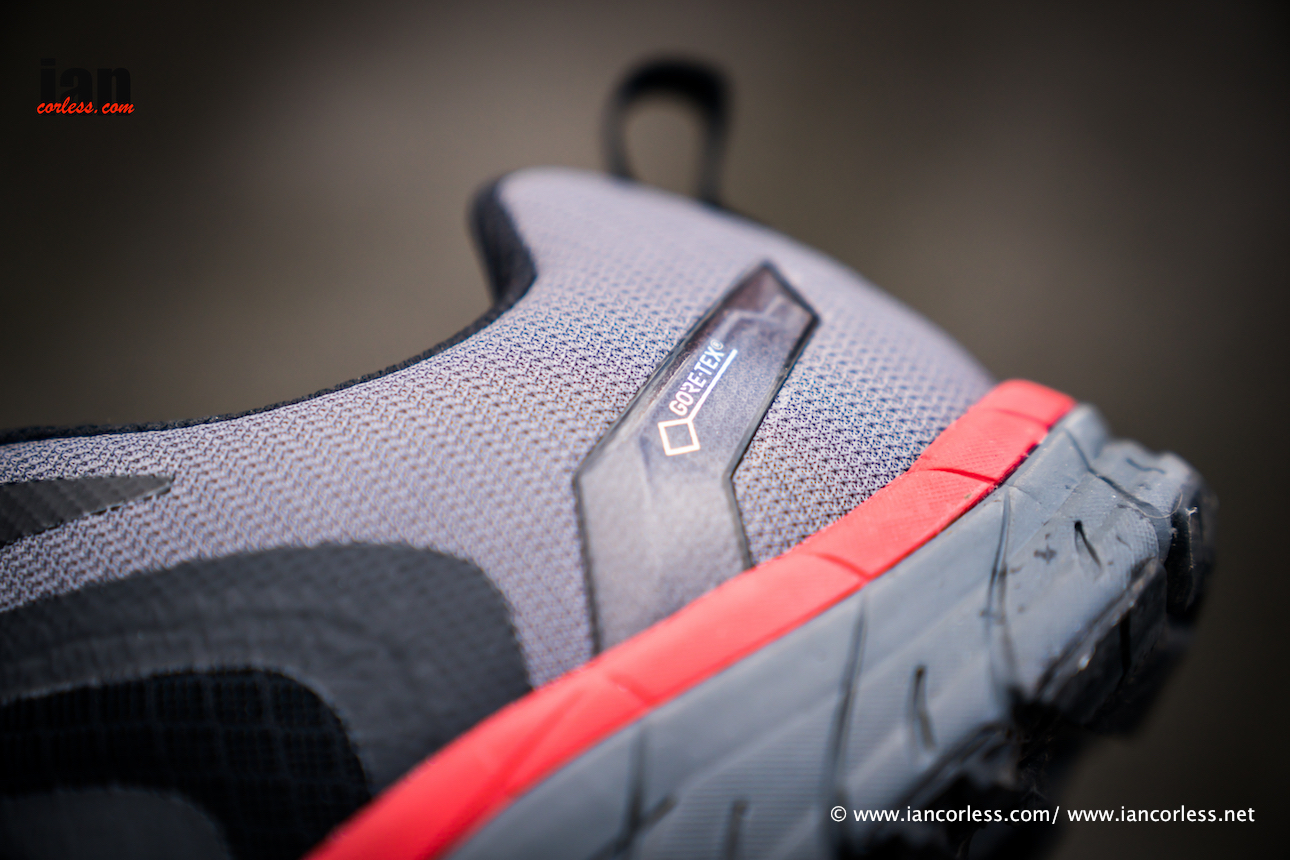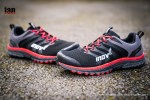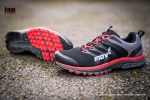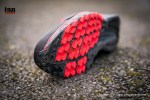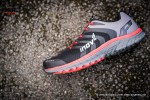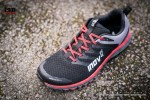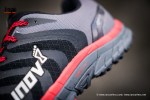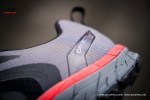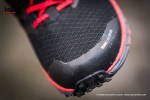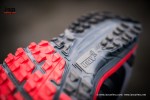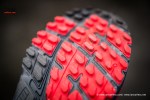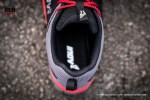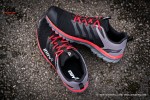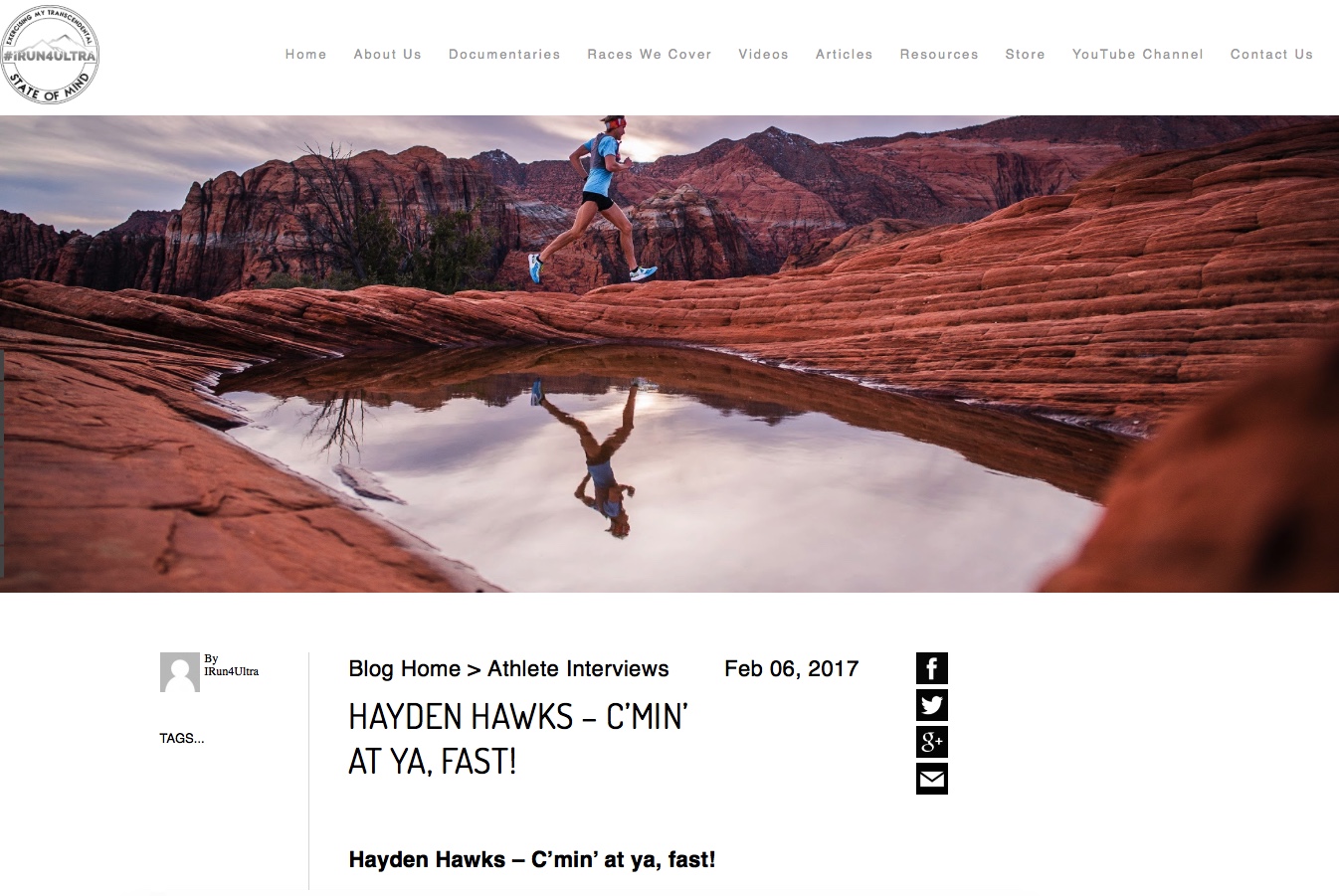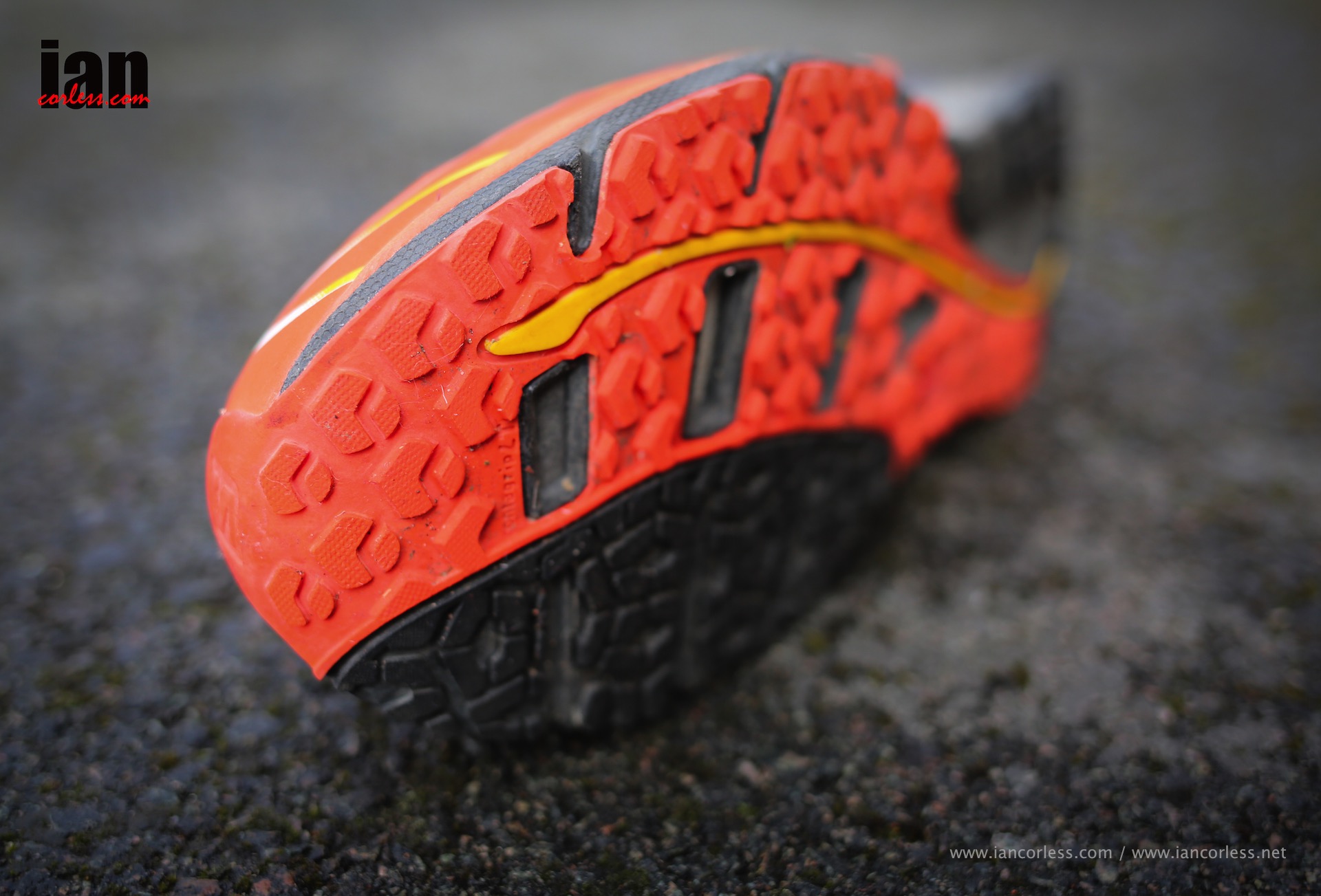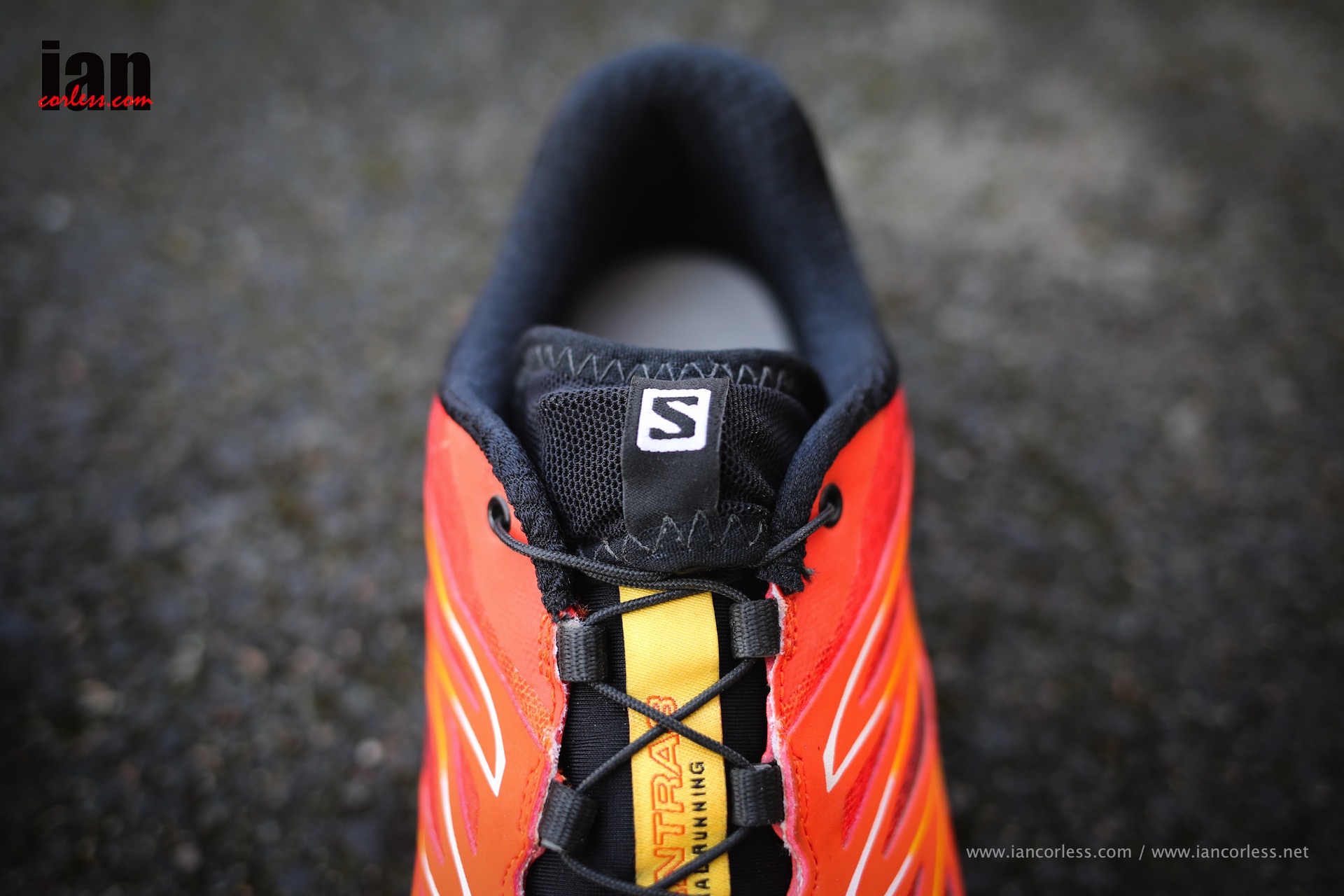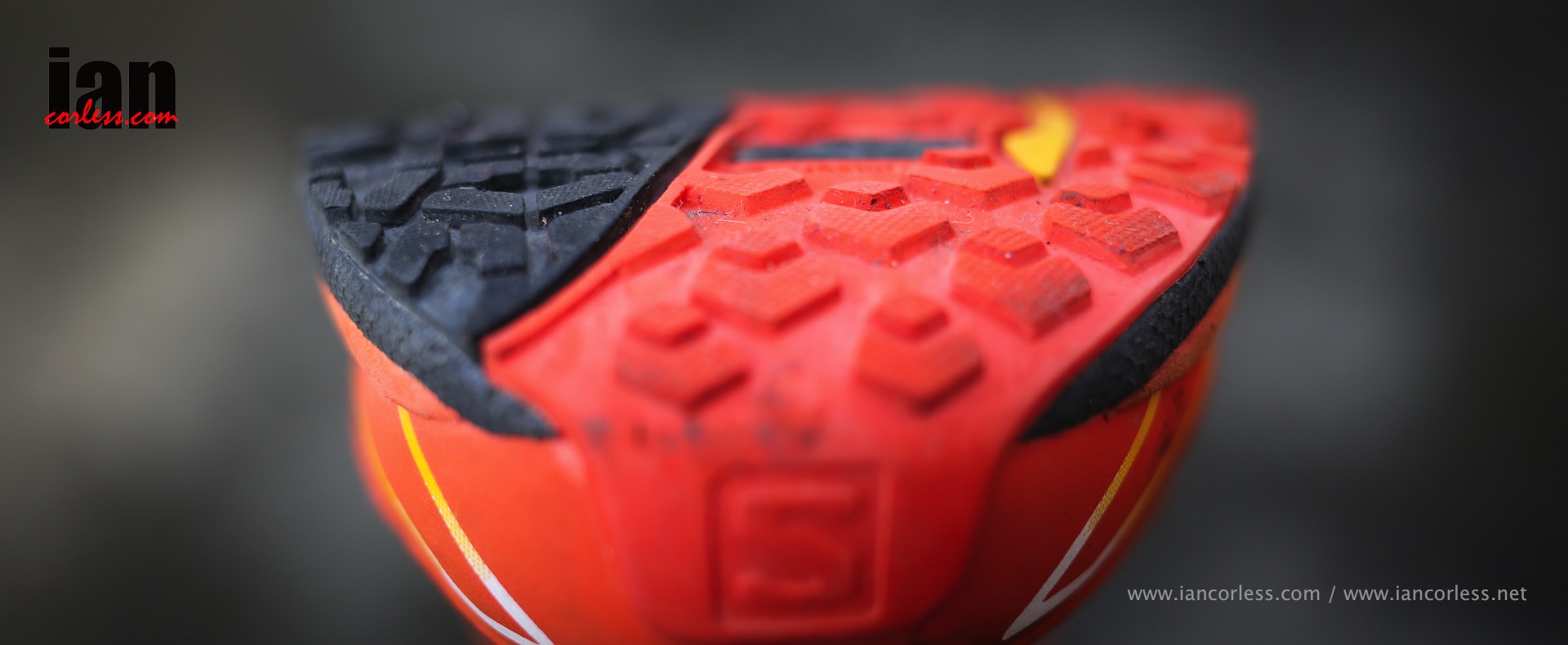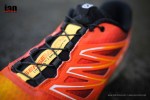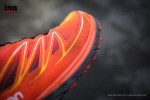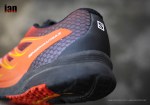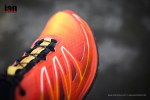
Having avoided Hoka One One shoes since 2012 (long story, but insight here) I was tempted to try the Torrent 2 based on the number of recommendations and discussion telling me that ‘this’ is the least ‘Hoka’ like shoe out there… Basically that meant, less cushioning, less stack height and a more conventional run shoe feel.
I was impressed. The Torrent 2 really was a revelation and over recent months has become a shoe I have used on a regular basis, be that for road, trail, or fastpacking trips. At the time of writing the Torrent 2 review, I was aware of the ‘ZINAL’ and the pre-release articles mentioning that it would be Hoka One One’s lightest shoe with an emphasis on agile and fast. It was shoe designed around the iconic Sierre-Zinal race that takes place in August each year – A fast mountain race that requires athletic speed but mountain ability.

The arrival of the ZINAL confirmed all the PR. Light and low-profile with an obvious intention to run fast but with some comfort.
I have to say, the ‘Blazing Orange’ would not be my colour way of choice, but hey, it’s only a colour, the ‘Atlantis/ Outer Space’ option is far more appealing.
At £140 the pricing is maybe a little on the expensive side, but in all honesty, run shoes these days all hover around this mark. Using recycled materials and boasting a Vegan tag, the ZINAL also ticks some very important boxes.
THE SHOE
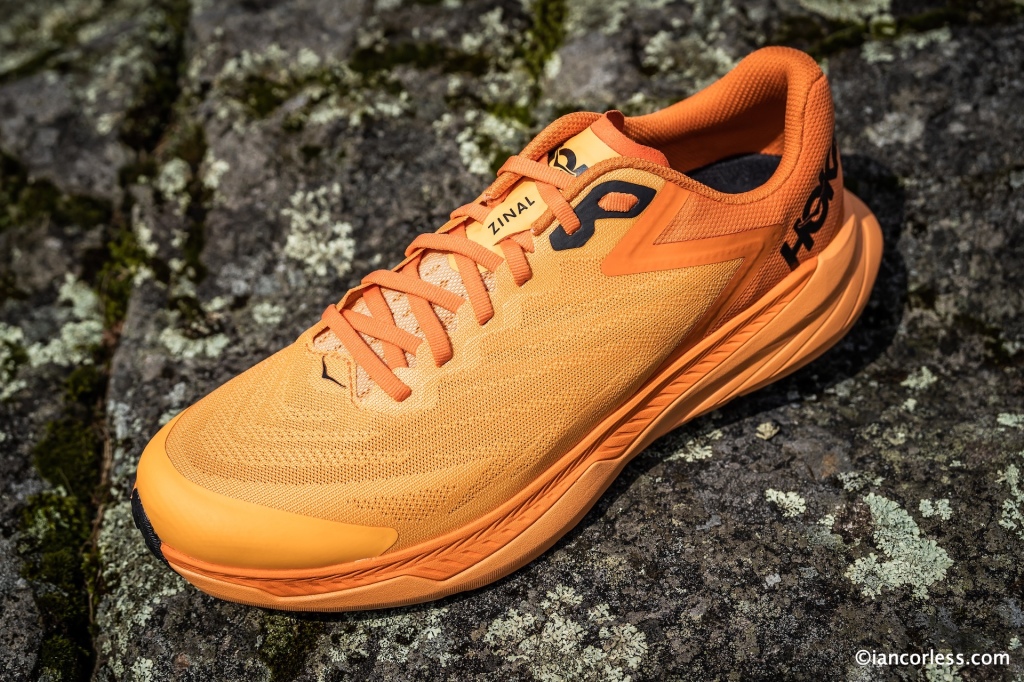
The ZINAL is floaty light with a weight of 242g for the standard UK8/EU42 size. It’s neutral, responsive and has a 5mm drop. The side of the shoe boasts some statistics – S32x19|V490|W242. These stats refer to: Spring Measurement, Volume and Weight. While it’s not new to see stats on a shoe, volume and spring measurement are new on me and while I could understand volume, I did wonder what the spring measurement would mean?
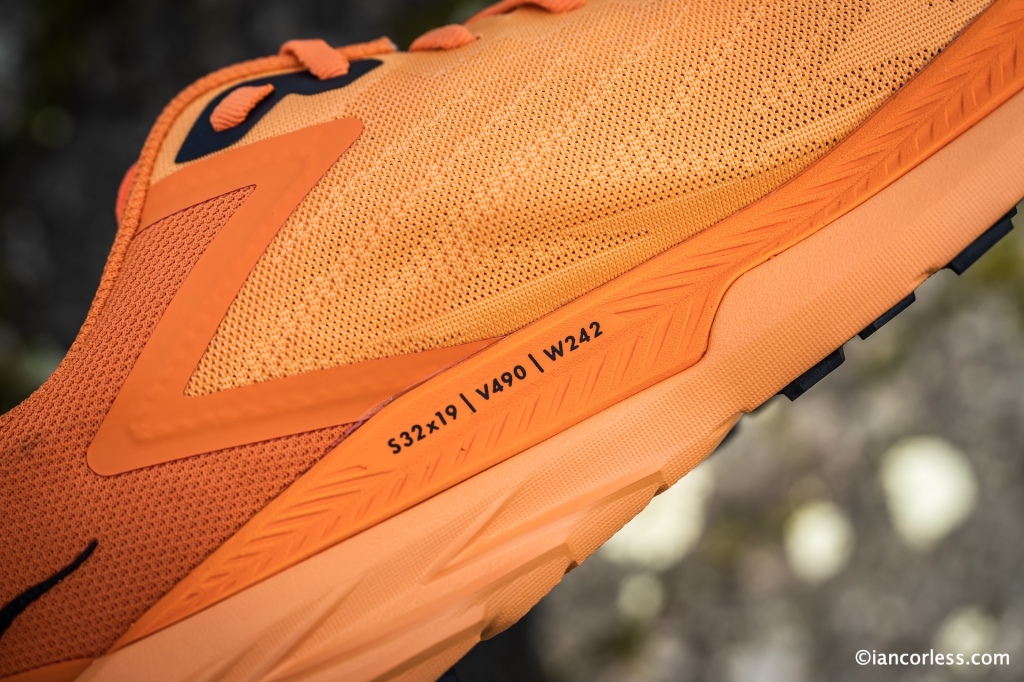
Spring measurement is, ‘Curvature of the shoe, measuring how high the heel and toe are off the ground.’ So, for the ZINAL, this means 33mm at the rear and 19mm at the front. Don’t get confused here with drop, this does not mean a 14mm drop!
Volume relates to the total amount of foam in the midsole.
One would assume that the higher the volume number, the more cushioned or plush the shoe would be, but that is not the case. Here in the ZINAL, the shoe has a lower profile keeping you, the runner, closer to the ground and the cushioning is firmer to provide a more efficient and speedier propulsion in the transition phase. When I wrote about the Torrent 2, the thing I liked and others liked was a firmer ride; less Hoka like, by that I mean less plush and bouncy. Here in the ZINAL that is taken one step farther and the ride is firmer. So, it’s fair to assume that plush ride Hoka fans will find the ZINAL less appealing. Whereas, by contrast, runners who prefer a more conventional shoe who have wanted to try Hoka, will find the ZINAL appealing.

Designed to be minimalist, the ZINAL has very much a race shoe feel. It has enough cushioning and protection from PROFLY but not any extra that would add weight or bulk. Turning the shoe over, this is reflected in the outsole, it has the tried, tested, and loved by many, Vibram Megagrip 4mm lugs, BUT this version does not go the full length of the shoe. It protects the front and the rear. This is called ‘Litebase’ and quite simply it’s lighter because there is less of it.
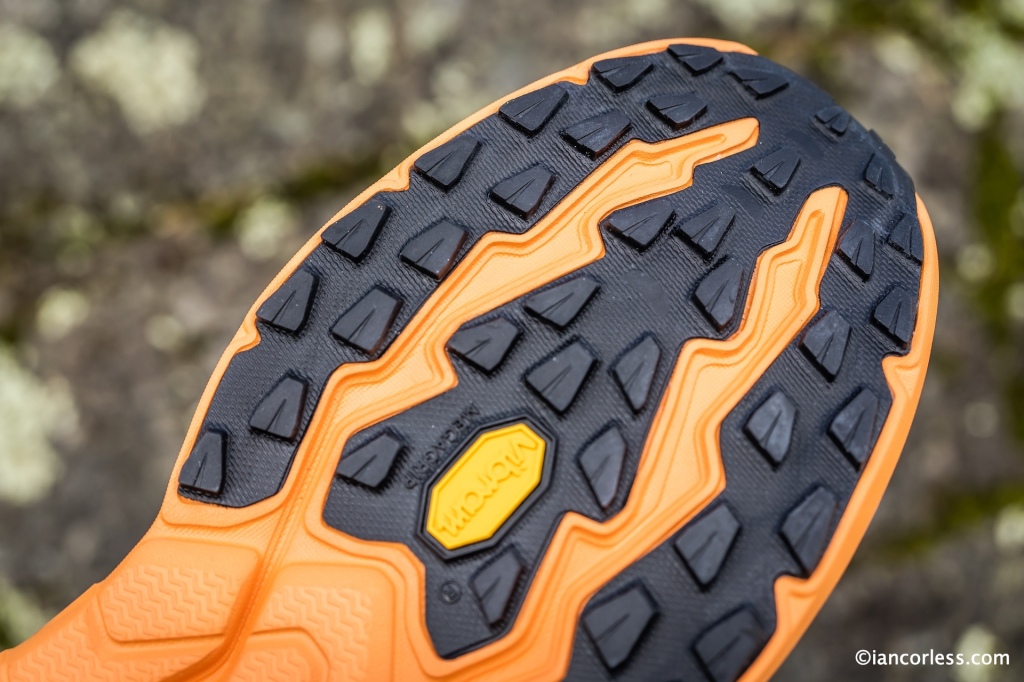
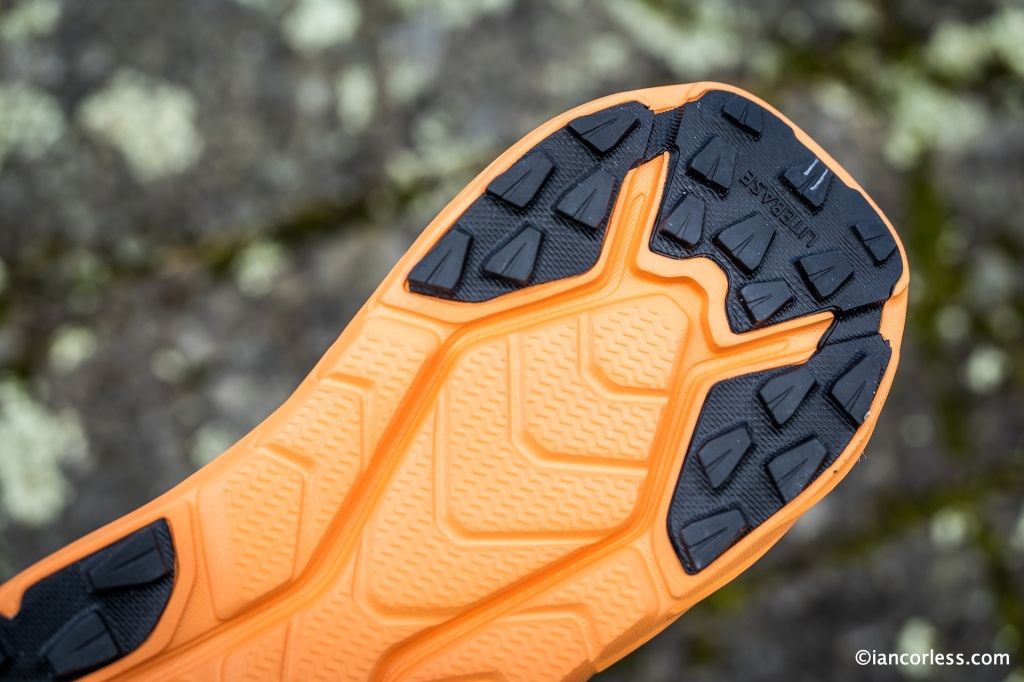
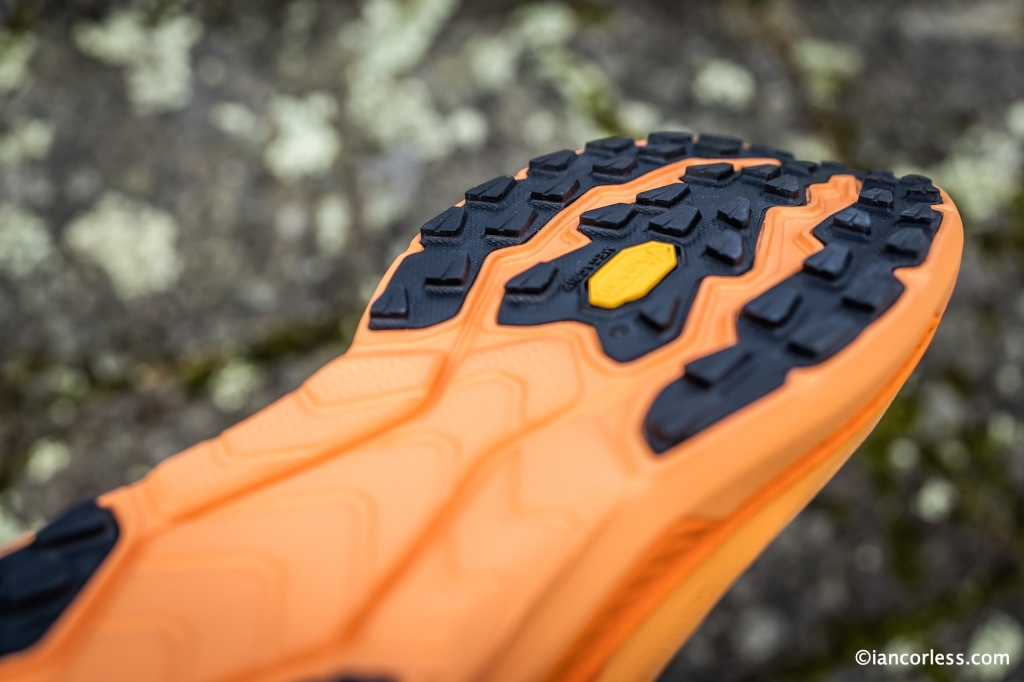
The mesh upper is similar in many ways to the Torrent 2 and is very breathable and light but at the same time durable. Made from recycled content, it ticks the eco box.

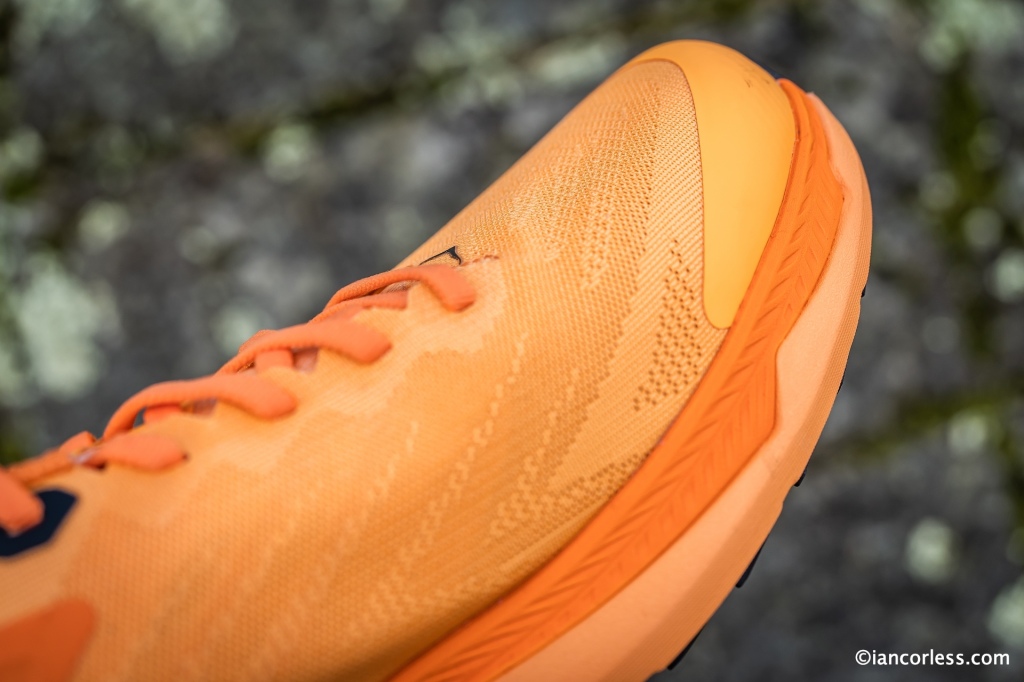

Toe box is a 3 on a 1-5 scale, 1 being precision and 5 being wide. For me it’s ideal and in keeping with a faster shoe. There is a little toe protection from a bumper, but it is minimal.
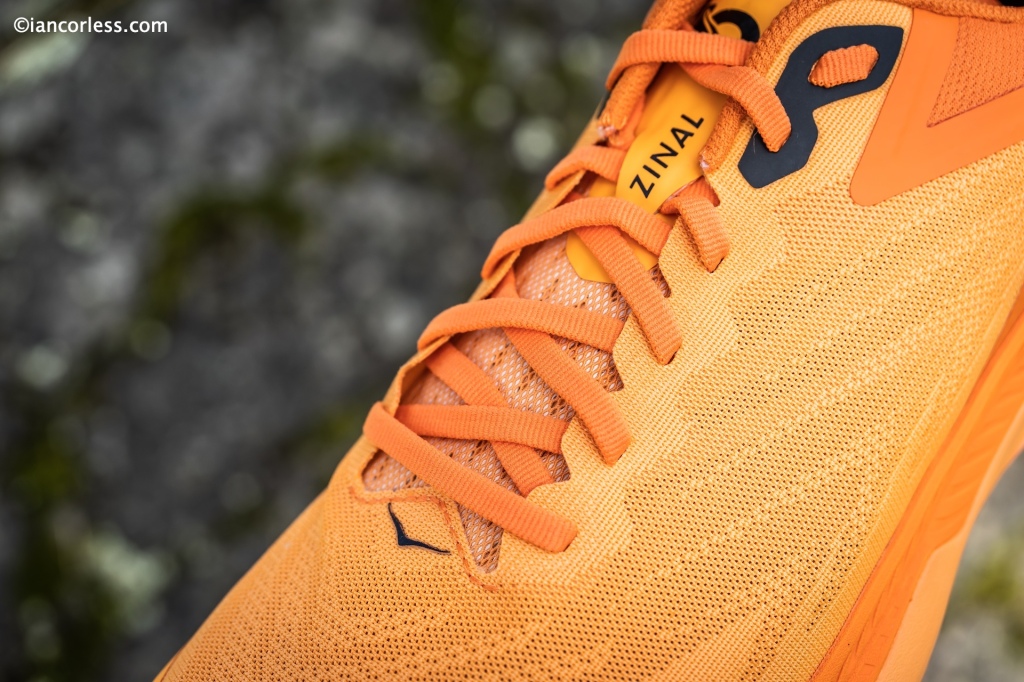
A gusseted tongue and molded EVA sock liner give a nice firm hold of the foot around the instep which for me is very important, especially when running faster on trails. You want the shoe to hold you with little or no unwanted movement. The heel box is snug and secure.
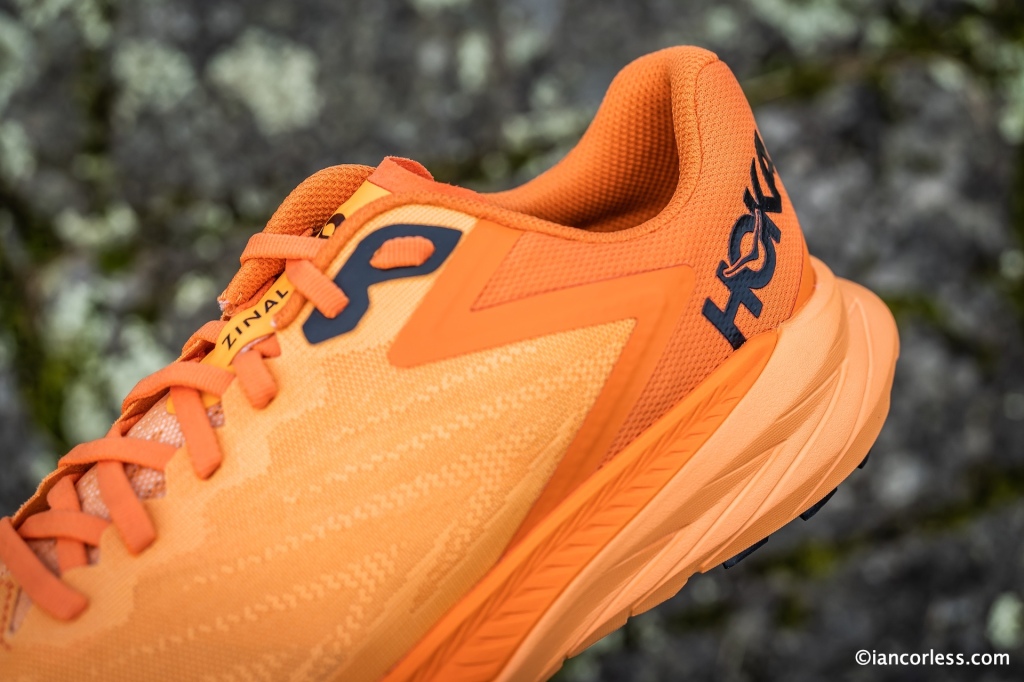
IN USE
Sizing for me was true to size, I use an EU44/ UK9.5 for all my shoes and the ZINAL slipped on perfectly, however, they do fit different to the Torrent 2 by way of comparison. There seems to be just a little extra length. So, make sure you try them on, a 0.5 size smaller may possibly be better for you?
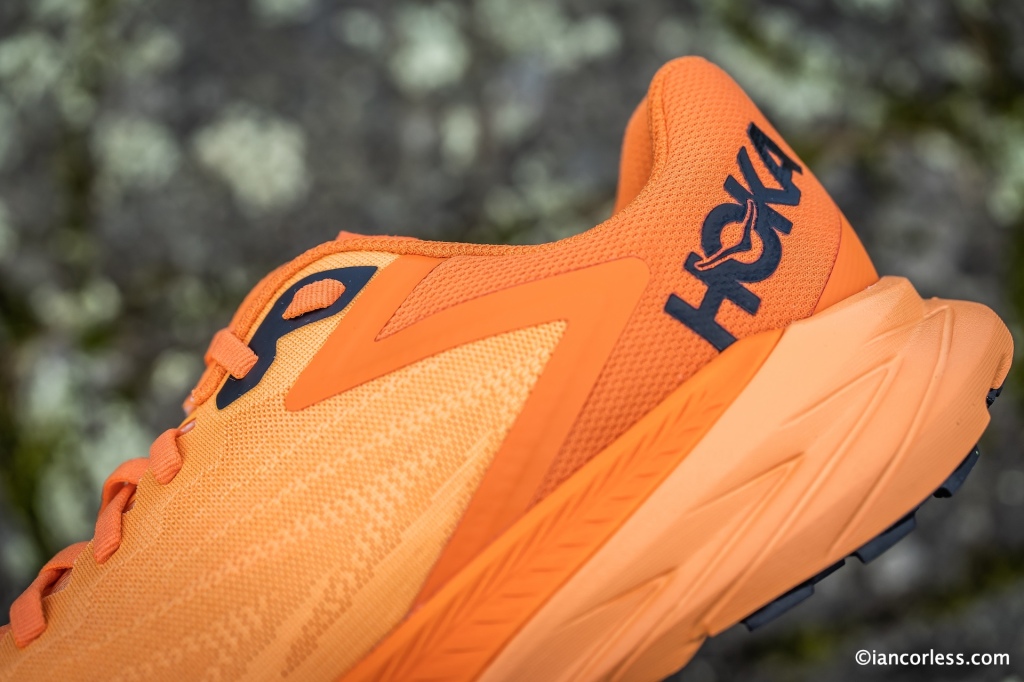
The low stack height is obvious immediately, and they feel like a normal cushioned shoe, considerably less Hoka like.
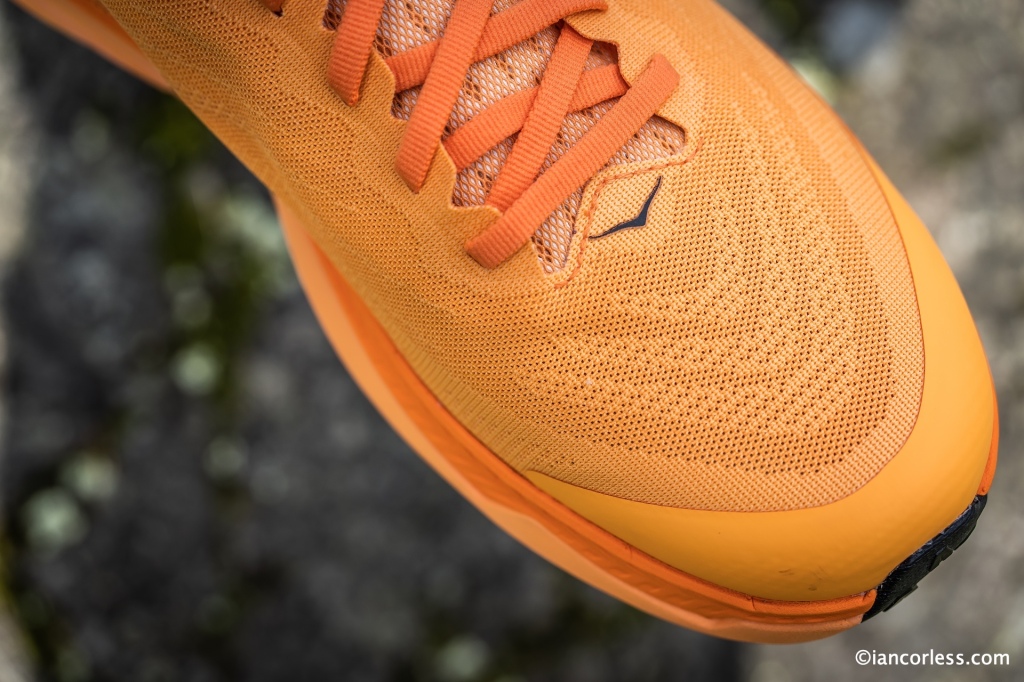
The upper is noticeably durable but light and breathable. At times I felt as though there is a little too much shoe, almost too much fabric. It’s hard to pinpoint, but all shoes fit differently and here in the ZINAL I felt there was more internal shoe volume, particularly in comparison to the Torrent 2.
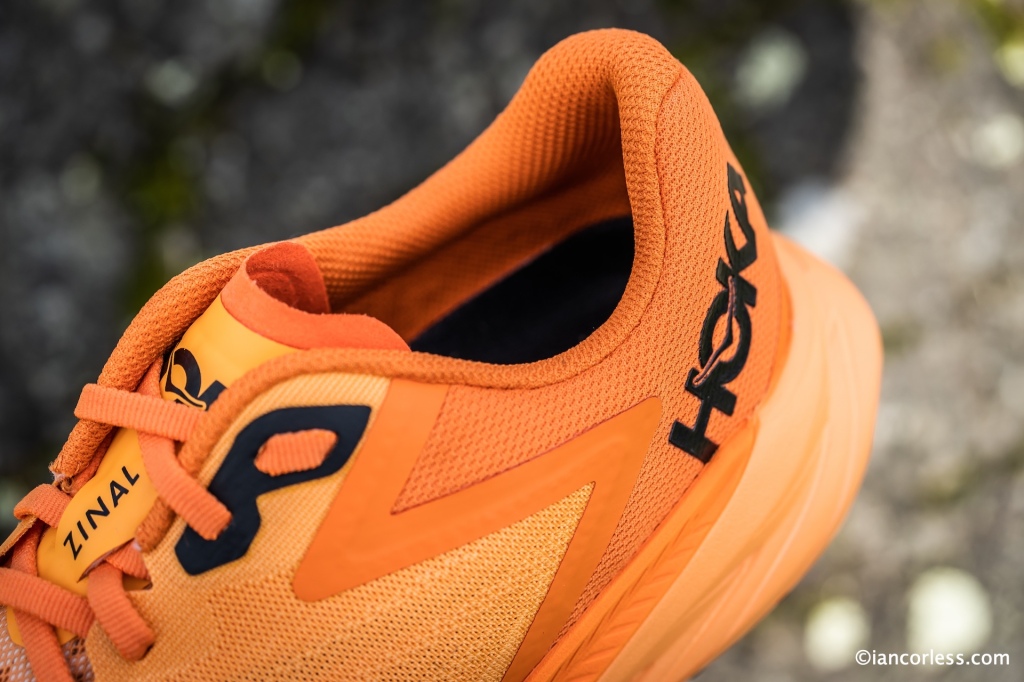
The sock liner and gusseted tongue work well and pulling the laces tight, they give a secure and firm hold of the foot. For me, based on the comment above, I tightened my shoe a little more than normal, however, I did not have the need to lock lace – gladly the additional eyelets are available should that be required.
The tongue is protective but minimal.
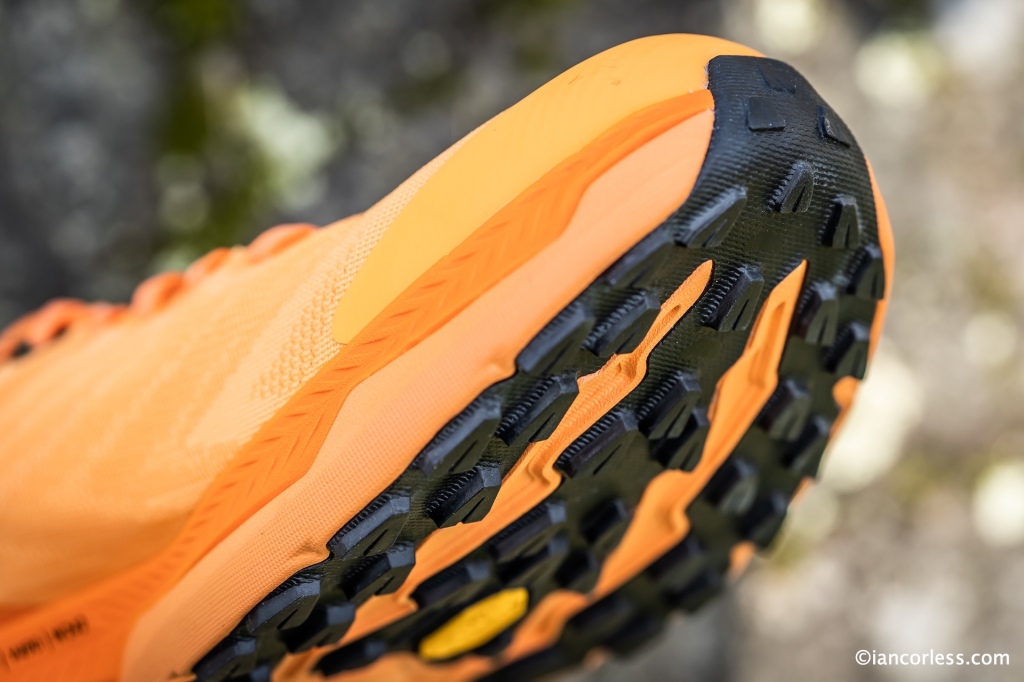
The outsole as mentioned has 4mm Vibram Megagrip lugs which are tried and tested, but they are only at the front and the rear of the shoe. The middle of the outsole has no protection or grip and therefore, if running on technical trails such as tree roots or rocks, this can be noticeable as often the whole grip of an outsole can be required, so, this is a consideration. Most definitely, the ZINAL is designed for fast running on trails (and even road) of a less technical nature, just like you would see at the Sierre-Zinal race. When running faster with a mid to forefoot strike, the ZINAL works wonderfully and the Megagrip does its job just as you would want and expect.
The PROFLY cushioning is firm, and noticeably firmer than the Torrent 2. On my first run, I was surprised at how firm this shoe felt. But, when you pick up the pace, that firmness kicks back and propels you forward in the propulsive phase. This is just like how carbon works in carbon shoes – you get nothing for free, the speed and extra propulsion comes from you investing in the shoe with energy and cadence. The spring measurement on the side of the shoe, 33×19, I am still not sure what it means and how I equate those measurements to the feel of the shoe when running? Again, by way of example, on the Torrent 2, this figure was 33×16.
Volume of the ZINAL V490 and again, by comparison, the Torrent 2 is V395 – I have some confusion here as my understanding of shoe volume related to the following: “If your foot has a medium to wide width and/or a high arch, you have a high-volume foot. If you have a narrow, slender foot and a flat arch, you have a low-volume foot.”
I do wonder sometimes that we can be given too much information. The volume and spring measurement are new on me, and I have been testing shoes for 10-years. I have never worried about these measurements but now I have them, I want to know what they mean and how I should read them so that I can relay back to you…. It’s left me perplexed. Am I over thinking it? Ultimately is the shoe good? Is it fast? Is it light? Is it responsive?
Spring and volume confusion aside, the ZINAL is light and responsive with an excellent ground feel and the 5mm drop works well with the shoe’s intentions. It’s a shoe that wants to go faster and most certainly, the faster you go, the better the shoe feels.
Based on the above, for me, the ZINAL is not an everyday shoe. It’s a shoe for those faster tail runs when you want to push the pace, either in shorter training sessions or if doing intervals or hill work. Of course, the ZINAL will excel in trail races (that are not too technical) when long-term comfort is sacrificed for speed. So, for many, this would be a great shoe for up marathon distance. Beyond that, would depend on the runner, their needs, their run style and so many other factors. For example, Hoka One One athlete, Camille Herron, toed the line at Western States 100 in a pair of ZINAL.
It’s too early for me to comment on the longevity of the shoe, I have no reason to think that the upper will have any issues, my Torrent 2 have had 400km+ and are still going well. However, the stripped back outsole by Vibram may well not last as long? If you take the ZINAL on rough and technical trails, I most definitely can see potential issues with the middle of the outsole and its lack of protection. I will feedback on this.
CONCLUSION
The ZINAL is a notable shoe for Hoka One One and a welcome step in a different direction for the brand who has a reputation for plush ride, arguably, the Torrent 2 paved the way. This is a shoe that is designed for fast (faster) running and as such, it’s not an everyday shoe, at least for me it’s not! The cushioning or lack of it (for some) causes me no issues, actually, the ZINAL for me is still one of the most cushioned shoes I am using, many of my other shoes have considerably less.
The outsole restricts the ZINAL use, and it is most definitely a shoe for groomed trail, smooth single-track and road. A good road to trail shoe! It can handle some technical trails, but I do believe that this will greatly impact on the life of the shoe, particularly from the outsole perspective. Avoid mud, it just would not be able handle it!
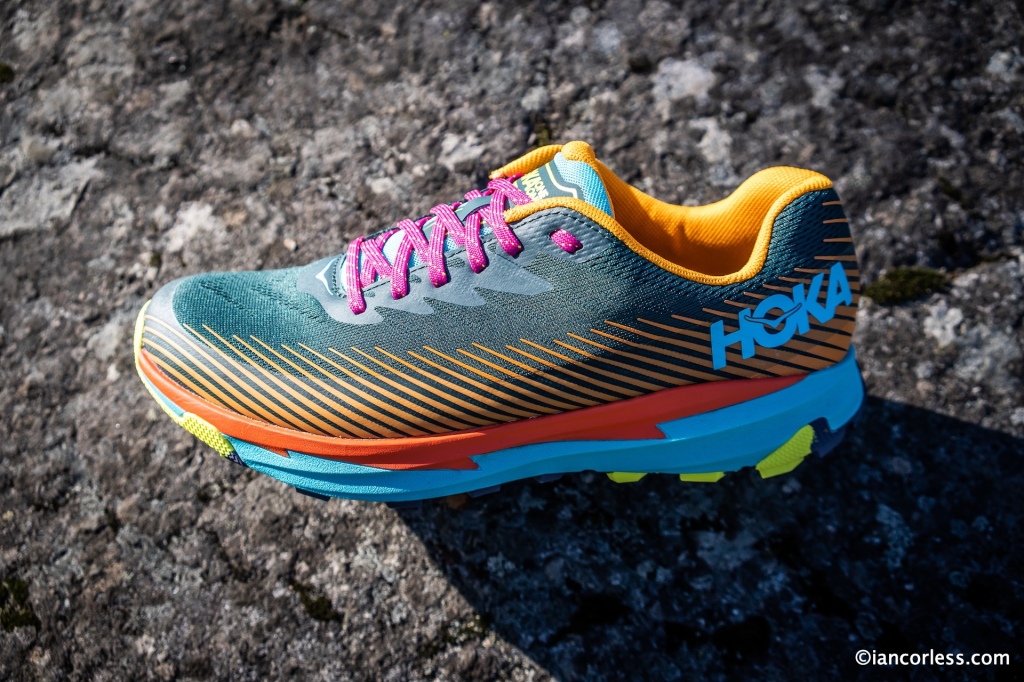
A fun shoe, a fast shoe, a light shoe that brings a smile to your face when pushing the pace or when racing. But, if you want a shoe with many ZINAL similarities and more flexibility, the Torrent 2 is worth looking at IMO. Ultimately, the Torrent 2 and ZINAL would work well together and for me, I’d have the Torrent 2 as an everyday shoe and the ZINAL for sessions and racing.
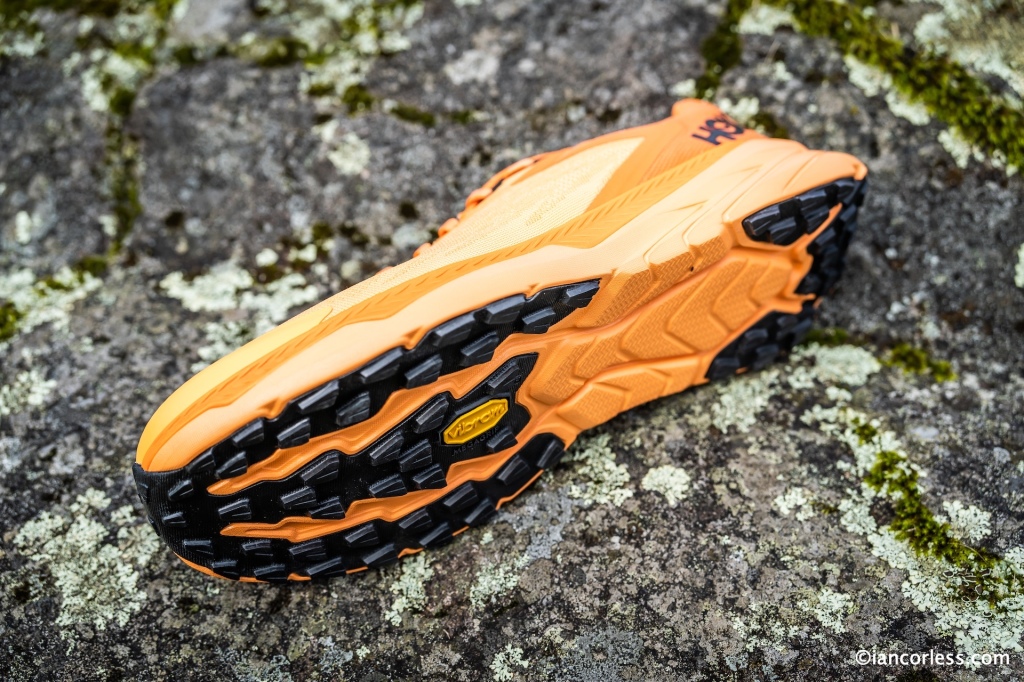
Please support this website. I believe everyone deserves to read quality, independent and factual articles – that’s why this website is open to all. Free press has never been so vital. I hope I can keep providing independent articles with your help. Any contribution, however big or small, is so valuable to help finance regular content. Please support me on Patreon HERE.

Follow on:
Instagram – @iancorlessphotography
Twitter – @talkultra
facebook.com/iancorlessphotography
Web – www.iancorless.com
Web – www.iancorlessphotography.com
Image sales –www.iancorless.photoshelter.com

